Columns
Nepal’s flying car buzz
Advanced Air Mobility offers a game-changing solution to Nepal’s transportation problems.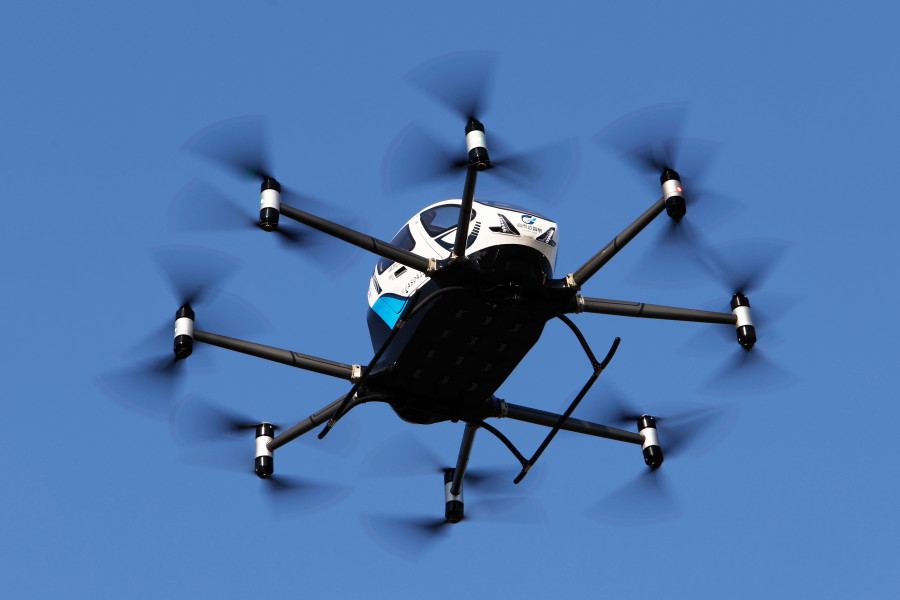
Leeladhar Joshi
Social media and new portals in Nepal are abuzz with excitement as the NADA Auto Show 2025 in Kathmandu is expected to showcase a flying car, technically known as eVTOL (electric Vertical Take-Off and Landing) aircraft. Public display of this novel technology, known as Advanced Air Mobility (AAM) in a wider sense, marks a significant step towards innovative future transportation, one that seems essential for Nepal given its geographical constraints.
Exhibition and execution are quite different things. The opportunities it unlocks are exciting, while the path to operation is challenging. Meanwhile, a nuanced understanding of this novel technology, its developmental impacts and potential implementation challenges may turn expectations into reality.
Global landscape
AAM signifies a remarkable shift in aviation technology, with the potential to revolutionise the aviation sector. It can operate at lower altitude and shorter range, requires minimal infrastructure and maintenance, making it well-positioned to deliver cleaner, safer, quieter, flexible and cost-effective transport solutions compared to conventional means.
Over 267 cities and regions across 63 countries are planning or piloting AAM initiatives. Commercial launches are expected in countries such as the US, China, South Korea, France, Japan and Saudi Arabia by 2026.
A wide variety of eVTOL aircraft types have already been developed. Alongside the setting up of vital infrastructures, such as vertiports, is also gaining pace. As of February 2025, 1,504 vertiports are planned globally, a sharp rise from 1,004 in September 2024, with China accounting for over 50 percent of all projects.
Leading aviation authorities of the world released a joint AAM roadmap in June 2025 to guide certification, coordination, regulation and social acceptance of air taxis and drone operations. South Korean company OPPAV's manned-unmanned eVTOL ran a successful flight test in 2023 and Chinese Ehang’s EH216-S received certification for passenger use. This underscores the global momentum towards pilotless air mobility. Market forecasts also highlight substantial growth potential for AAM. The global AAM market was valued at USD 11.5 billion in 2024 and is expected to reach USD 73.5 billion by 2034.
With regulatory sandbox environments for flight testing and public-private partnerships with major eVTOL manufacturers, global leaders are supporting AAM developments. Saudi Arabia’s ambitious NEOM city project and Dubai’s readiness with certified vertiports further demonstrate the potential of this novel technology.
Transformative potential
Connectivity in Nepal is severely hampered by its rugged and disaster-prone terrain. Dispersed rural settlements and unreliable transport infrastructures exacerbate the situation. Roads are often hard to build and maintain due to harsh topography and frequent disasters. Air travel remains crucial while affected by limited infrastructures, topography and weather constraints.
AAM offers a game-changing solution to the country’s transportation problems. It is an agile and environmentally friendly option that can bypass damaged or non-existent roads and operate in previously unreachable areas. It can improve healthcare, reducing fatalities via rapid deployment of medical supplies and personnel, including emergency medical evacuations.
The novel technology accelerates economic activities and growth, offering market access to local producers and farmers producing goods that often struggle to reach the market. It also supports tourism by establishing connectivity with previously isolated tourist attractions.
AAM could support disaster preparedness and prompt response via the timely deployment of essentials during disaster incidents. Aerial surveillance and real-time mapping and firefighting capabilities further enhance effective disaster response, minimising potential losses.
Being emission-free and quieter, AAM vehicles offer environmental advantages. Unlike other countries still relying on polluting sources for electricity generation, Nepal could leverage its abundant hydropower potential for charging eVTOLs.
Apart from the transport revolution, AAM offers a platform for innovation and skills development. The youth population of Nepal makes it well-positioned to develop human capital in terms of AAM pilots, technicians and drone engineers.
Thus, AAM holds revolutionary potential for Nepal to help overcome geographical barriers, boost economic resilience and advance multiple SDGs.
Challenges to AAM adoption
Despite the promising prospects, the successful adoption of AAM in Nepal seems challenging. The absence of a legal and institutional framework, robust airspace management provisions and safety protocols, including pilot licensing for operating eVTOLs and autonomous aircraft, could hinder timely adoption.
Nepal could face challenges in operating eVTOLs at higher altitudes to meet its rural connectivity needs, as most commercial eVTOLs are designed to operate in urban settings within lower altitudes. Similarly, battery efficiency and lift capacity could be affected by climatic conditions and weather patterns. Additionally, the limited range and payload of current models may restrict their usefulness for longer or heavier routes in Nepal’s challenging landscapes.
The absence of essentials such as vertiports, reliable 5G connectivity, dedicated charging stations and robust electric grids, especially in rural and remote areas, could further delay the implementation and operation.
A dearth of technical expertise and workforce in AAM technologies creates a barrier to successful adoption. Building domestic expertise in advanced aviation technology, maintenance and regulatory affairs will require substantial investment in education and training.
Furthermore, being a novel technology, the startup costs for aircraft procurement, including infrastructure development and workforce training, are expected to be high. This could affect investment decisions and the willingness of a financially weak country like Nepal.
Low public awareness about this emerging technology may result in public mistrust and reluctance in the adoption of aerial mobility services, while raising awareness will require additional investments.
What can Nepal do?
Given Nepal's technical, financial and human resource constraints in the field of modern aviation, an incremental approach with extensive international collaboration is required to harness the full potential of AAM.
For the safe and impactful adoption, it is necessary to provision a dedicated task force under the Ministry of Culture, Tourism and Civil Aviation (MoCTCA) in collaboration with key line ministries for cross-sector alignment. A National AAM Roadmap could set a clear timeline and organise necessary resources. Adopting available guiding materials like the Asia-Pacific AAM Reference could facilitate regulatory planning and governance.
International collaboration and private sector engagement are key to harnessing AAM's potential. Regional and global engagement with AAM adopters and pioneers could help gain momentum. Partnering and promoting the private sector via tax incentives and regulatory arrangements could assist research and development of technology compatible with Nepal.
The government should focus on the implementation of pilot projects in collaboration between CAAN, Nepal Army, academic institutions and the private sector with regulatory sandboxes to ease testing in early stages. For initial deployment, we could prioritise medical logistics, disaster response.
For infrastructure readiness, it is necessary to plan and invest in vertiports and dedicated charging stations at strategic locations. Additionally, timely investment in training programs for the necessary workforce is necessary for seamless deployment.
The expected exhibition of eVTOL symbolises Nepal’s interest in next-generation mobility but also highlights the gap between aspiration and readiness.




 11.12°C Kathmandu
11.12°C Kathmandu


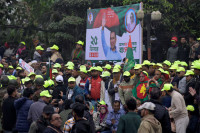

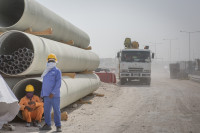

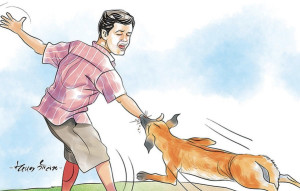



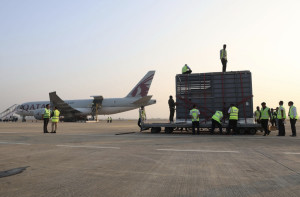


%20(1).jpg&w=300&height=200)

